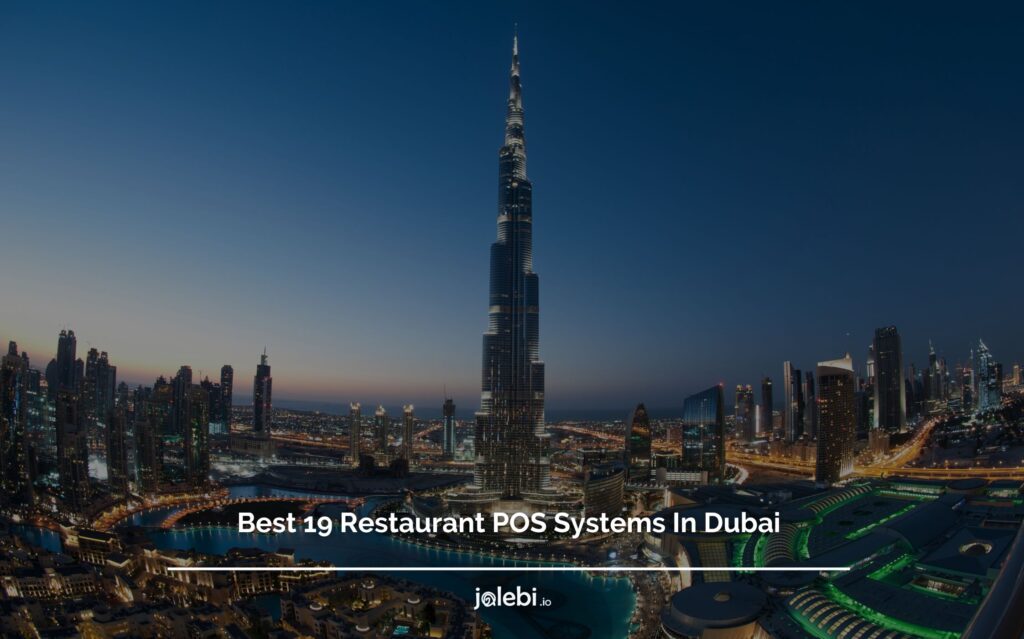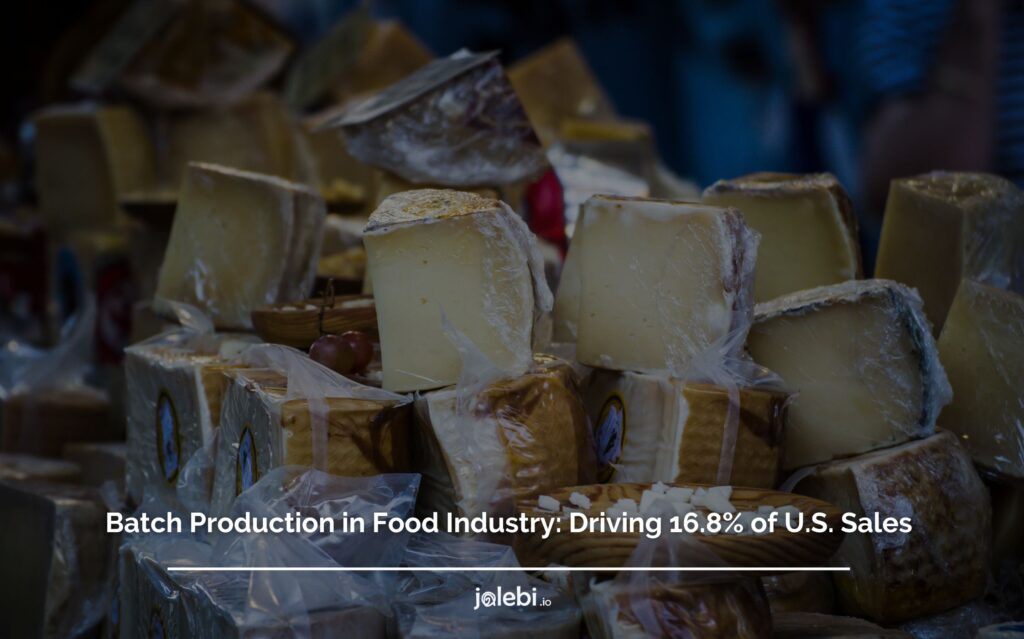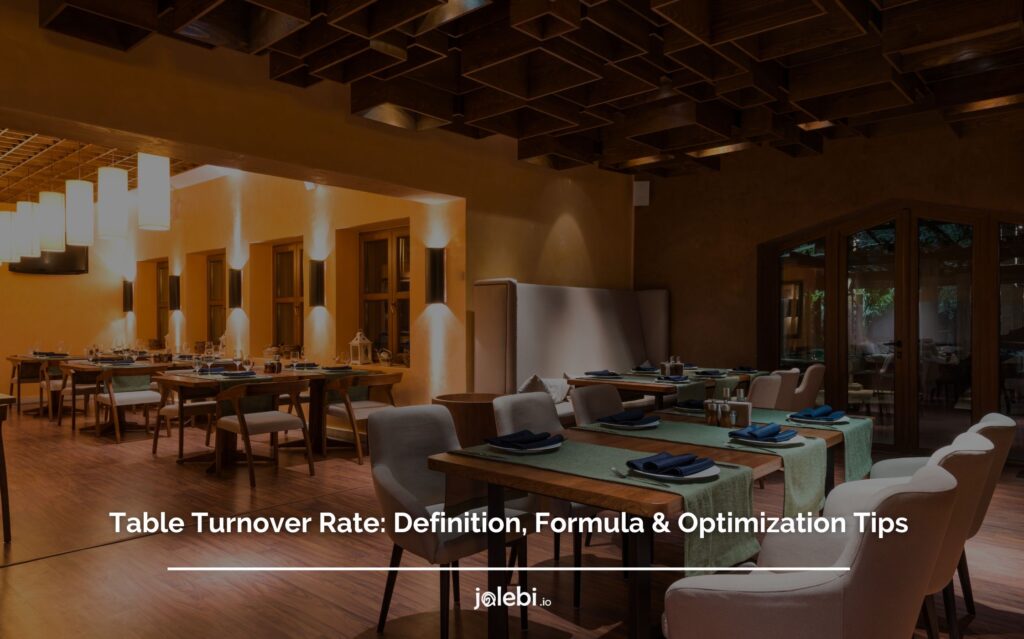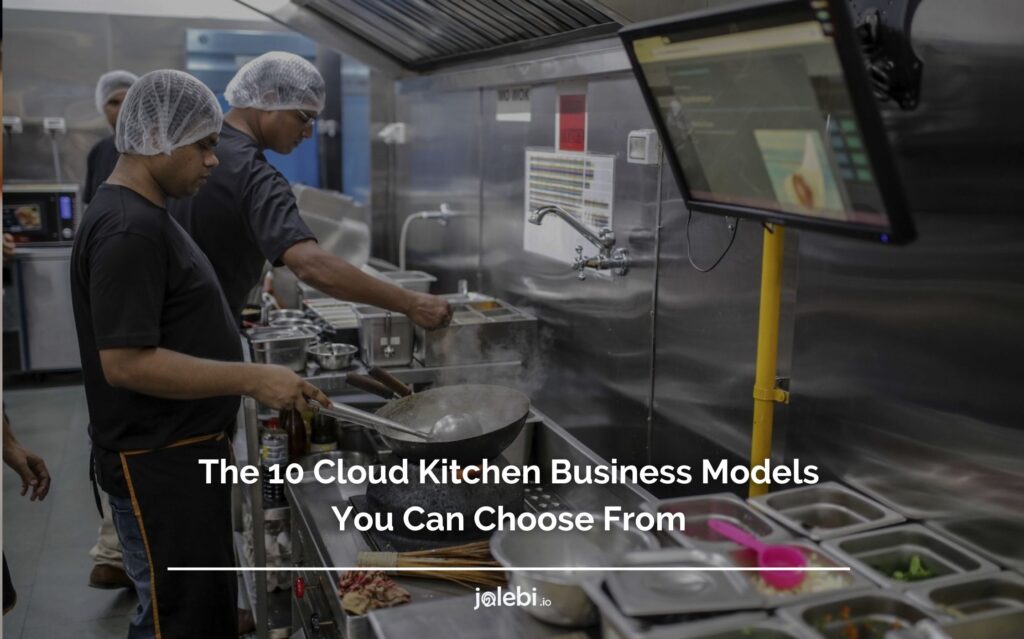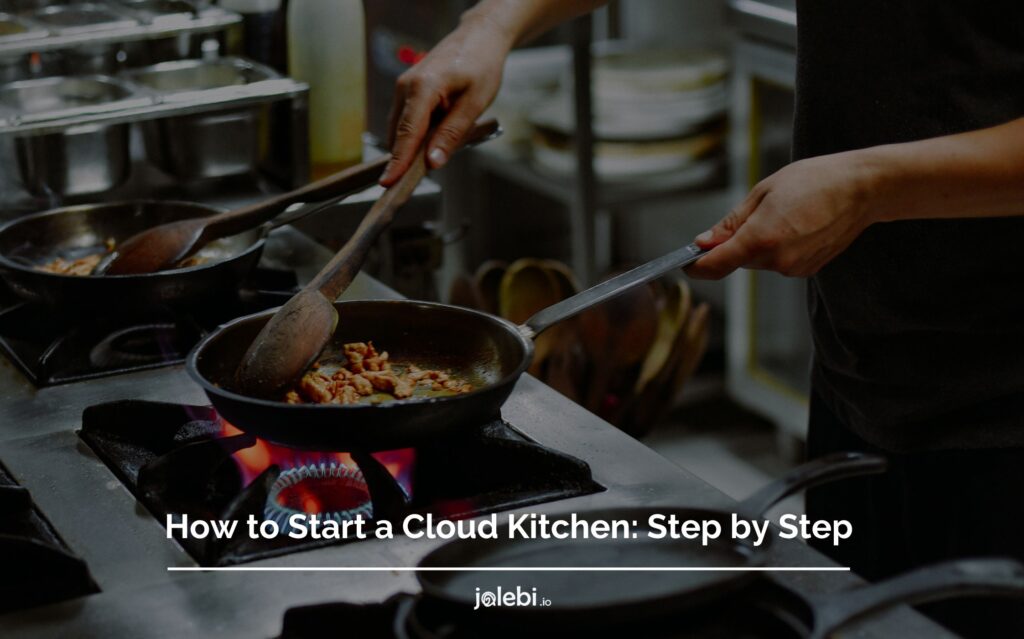Table of Contents
Running a traditional restaurant comes with high overhead costs, such as rent, utilities, and staffing, making it challenging for many restaurant owners to sustain profitability.
With increasing competition and rising expenses, many restaurant owners are struggling to keep their businesses afloat. The pressure to maintain a physical location while managing these costs can be overwhelming, leading to a constant battle between quality and profitability.
Cloud Kitchens offer an innovative solution by eliminating the need for a physical dining space. These virtual kitchens operate solely for delivery, allowing restaurants to focus on food preparation without the burden of traditional overhead costs.
With a market size forecast to reach 177.85 billon U.S. dollars by 2032, this model not only reduces expenses but also enables restaurants to reach a broader customer base through online platforms. With Cloud Kitchens, restaurant owners can streamline their operations, maximize efficiency, and ultimately, increase profitability.
How Do Cloud Kitchens Work?
1. Location and Setup: Cloud kitchens are strategically located in cost-effective commercial or industrial areas. They are outfitted with professional kitchen equipment to handle high-volume food production and often house multiple brands or restaurant concepts in one facility.
2. Order Placement: Customers place orders online through restaurant websites, mobile apps, or third-party delivery platforms. This setup allows for convenient browsing, ordering, and payment without any in-person interaction.
3. Food Preparation: Once an order is received, kitchen staff prepare the food with a focus on efficiency and quality. These kitchens are designed for streamlined production, with specialized stations for different types of cuisine or menu items.
4. Packaging: After preparation, the food is packaged in secure, delivery-friendly containers. Packaging is designed to keep the food fresh and presentable, ensuring it arrives in good condition and at the right temperature.
5. Delivery: Delivery drivers, who may be employed by the restaurant, third-party services, or the cloud kitchen itself, pick up the food and deliver it directly to the customer’s address, usually within a specified delivery radius to maintain quality and speed.
6. Management: Cloud kitchens use advanced technology like jalebi to manage orders, track inventory, and optimize kitchen operations. This includes order management systems and kitchen display systems that help streamline workflow and improve efficiency.
Who Uses Cloud Kitchens?
1. Restaurant Chains
Established restaurant chains are some of the biggest users of cloud kitchens. They use these kitchens to expand their delivery services without the significant costs associated with opening new physical locations.
By setting up cloud kitchens in strategic areas, they can reach more customers, reduce delivery times, and increase revenue from online orders.
2. Food Entrepreneurs
Aspiring restaurateurs and small business owners find cloud kitchens particularly appealing. These kitchens offer a low-cost entry into the food industry by eliminating the need for a dine-in space.
Entrepreneurs can focus on building their brand and perfecting their menu, relying on delivery platforms to reach customers. This model is ideal for testing new concepts without the high overhead costs of a traditional restaurant.
3. Virtual Brands
Virtual brands are companies that operate entirely online, with no physical storefront. They use cloud kitchens to run multiple food brands from a single location.
This approach allows them to cater to different tastes and demographics, often creating a variety of cuisine options under different brand names.
It’s a flexible and scalable business model that maximizes the use of kitchen space and resources.
4. Third-Party Delivery Services

Companies like Uber Eats, DoorDash, and Deliveroo often partner with cloud kitchens to enhance their offerings.
By working with cloud kitchens, these delivery platforms can offer a wider variety of food options, meeting the diverse preferences of their customers.
In some cases, these platforms even help set up cloud kitchens to ensure they have exclusive access to certain food brands, boosting their competitive edge.
5. Independent Chefs
Independent chefs use cloud kitchens to bring their culinary creations to life without the need for a full-scale restaurant. These chefs can experiment with new dishes, offer niche cuisines, or run small-scale operations that focus solely on delivery.
Cloud kitchens provide them with the flexibility to operate on their own terms, whether they’re looking to build a personal brand or test new food concepts before scaling up.
Challenges Faced by Cloud Kitchens
| Challenge | Description |
|---|---|
| High Competition | The rise in cloud kitchens has led to increased competition among various brands operating from the same facility. |
| Quality Control | Ensuring consistent food quality can be challenging when scaling operations and managing multiple brands. |
| Customer Experience | Without a physical location, cloud kitchens must rely on packaging and delivery speed to maintain customer satisfaction. |
| Operational Efficiency | Managing multiple brands and high order volumes can strain kitchen operations and require sophisticated technology and processes. |
| Delivery Logistics | Coordinating timely and accurate deliveries can be complex, especially with multiple delivery platforms and varying delivery areas. |
| Regulatory Compliance | Meeting health and safety regulations and food safety standards can be complex, particularly when operating multiple brands from a single location. |
Steps Involved in Setting Up a Cloud Kitchen
1- Market Research:
Analyze the local market to understand demand, competition, and customer preferences. Identify target demographics and popular food trends.
2- Business Plan:
Develop a detailed business plan outlining your concept, menu offerings, pricing strategy, and financial projections. Decide if you will operate multiple brands or focus on a single concept.
3- Location Selection:
Choose a location that balances cost with strategic access to your target delivery area. Ensure the space complies with local zoning and health regulations.
4- Kitchen Setup:
Equip the kitchen with professional-grade appliances and tools necessary for your menu. Design the layout for efficiency and compliance with health and safety standards.
5- Technology Integration:
Implement order management systems, kitchen display systems, and inventory management tools. Set up online ordering platforms or integrate with third-party delivery services.
6- Brand Development:
Create a strong brand identity, including logo, packaging, and marketing materials. Develop a digital presence with a user-friendly website and social media profiles.
7- Menu Design:
Develop a menu that is optimized for delivery, focusing on items that travel well and maintain quality. Consider offering a range of options to cater to different customer preferences.
8- Licensing and Permits:
Obtain all necessary licenses and permits, including health department certifications, food handler permits, and business licenses. Ensure compliance with local food safety regulations.
9- Staff Recruitment:
Hire skilled kitchen staff, including chefs and support personnel. Provide training on food preparation, hygiene practices, and use of technology.
10- Marketing and Launch:
Plan a marketing strategy to build awareness and attract customers. This may include social media promotions, partnerships with delivery platforms, and local advertising.
11- Operations Management:
Establish operational procedures for order processing, food preparation, packaging, and delivery. Implement systems for quality control and customer feedback.
Take Your Cloud Kitchen to Success with jalebi
Take Your Cloud Kitchen to Success with Jalebi
Transform your cloud kitchen into a well-oiled machine with jalebi, the premier inventory management system designed specifically for your unique needs. With jalebi, managing your inventory becomes a breeze.
Our intuitive platform ensures you always have the right amount of stock, helping you avoid shortages and reduce wastage. This seamless integration means you can focus on what matters most: delivering high-quality food and maintaining customer satisfaction.
But jalebi doesn’t stop at inventory management. Our system offers advanced tools for cost control and menu optimization. By providing real-time analytics, jalebi enables you to make informed decisions about pricing and promotions, ensuring your cloud kitchen operates at peak efficiency.
With insights into food costs and sales trends, you can adjust your menu and strategies to maximize profitability and meet your business goals.
Experience the difference that jalebi can make in your cloud kitchen operations. Our user-friendly interface simplifies daily tasks, from order processing to supply management, and enhances your ability to deliver consistent, high-quality food.
Elevate your cloud kitchen’s performance, satisfy your customers, and achieve long-term success with jalebi. Schedule a demo today and see how our system can help you turn your culinary vision into reality.
Final Words
In summary, cloud kitchens represent a transformative shift in the food industry, offering a streamlined and cost-effective model for modern dining.
From understanding the core principles and benefits to navigating the setup process and overcoming common challenges, this comprehensive guide has covered everything you need to know.
Embracing this innovative approach can lead to increased efficiency, broader market reach, and enhanced customer satisfaction.
As the demand for delivery and takeout continues to grow, cloud kitchens provide a unique opportunity to capitalize on these trends with minimal overhead and maximum flexibility.
By leveraging advanced technology, optimizing operations, and maintaining a strong brand presence, you can set your cloud kitchen up for success in this dynamic and competitive landscape.
Read more:

